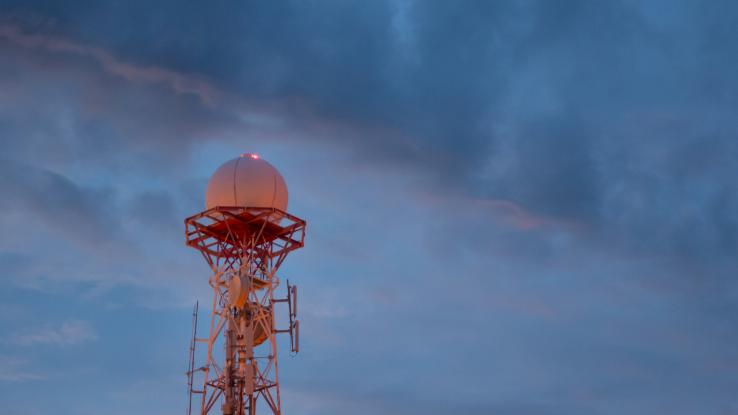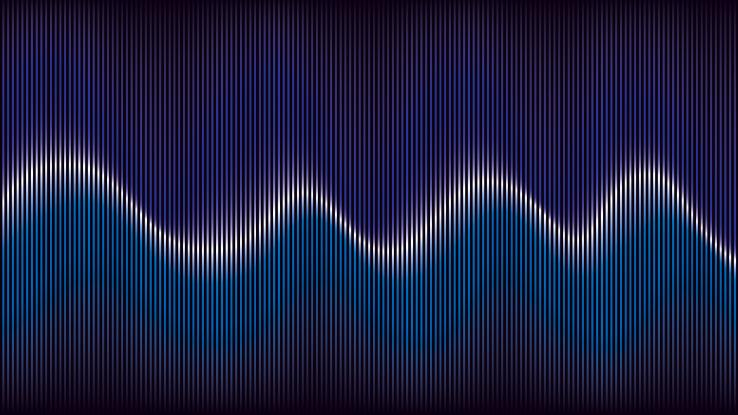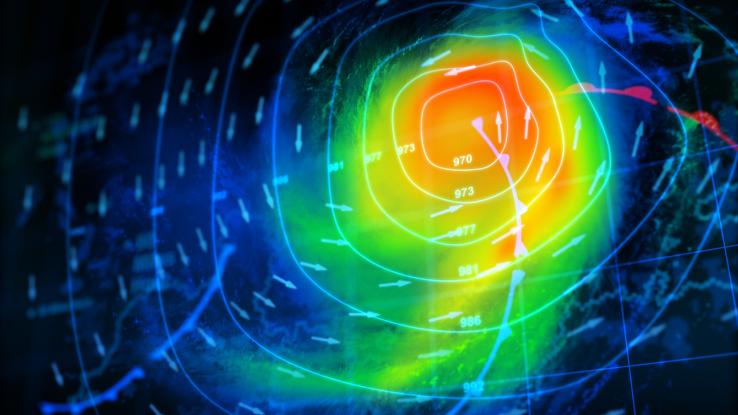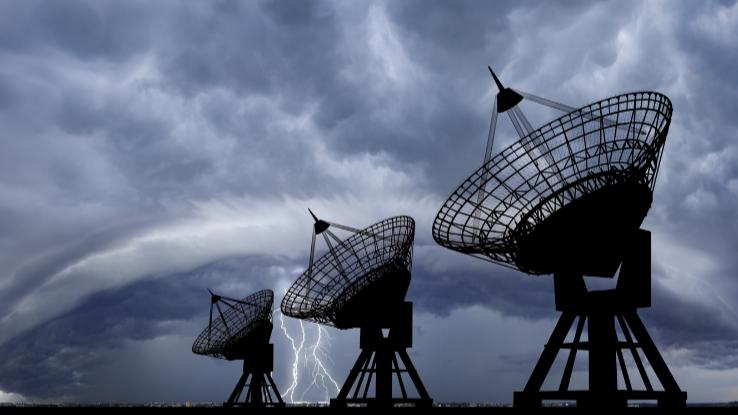What Is Doppler Radar and How Does it Work?

You’ve probably heard of Doppler radar, especially if you tend to follow your local weather reports. But what exactly is Doppler radar — and how does it work? Here, we’re taking a look at the Doppler effect — a handy scientific discovery — and how it’s applied in everyday life, from speed-tracking radar guns to predicting the weather.
What Is the Doppler Effect?
The Doppler effect was first discovered back in the mid-1800s. Its namesake, Christian Doppler, was an Austrian mathematician and physicist who first got the idea for the whole concept by watching how the color of starlight seemed to change with the movement of the stars. This eventually led him to create the theory behind the Doppler effect.
While the science behind it is brilliant, it’s also a little complicated, so let’s break it down. The whole thing starts with the principle of wave motion — a.k.a. the patterns of motion that transfer energy, but not matter, from one place to another. Sound, for instance, travels in waves.

Next, we need to understand that there are several different types of waves, though each share two characteristics: wavelength and frequency. Picture a wave going up and down, forming a series of little hills. Well, the wavelength measures the distance between the tops of those little hills; the frequency counts the number of hills that pass a certain point within a given amount of time.
So, How Does Doppler Radar Work?
In simple terms, Doppler radar is made possible by measuring the change in both the frequency and wavelength of a wave. Why do they change? Good question. These changes in a wave occur because of a change in distance between whatever’s creating the waves and the observer — or person measuring them.
In order to grasp this, picture yourself pulling over to the side of the road because you hear an ambulance coming in the distance. The closer the ambulance gets, the louder the siren gets, right? While the siren’s loudness would be consistent for someone inside the ambulance, it sounds louder to you as it nears because, the closer the siren gets, the shorter the distance that the sound waves it emits have to travel before you hear them.
Following so far? Well, Doppler radar uses these concepts to measure the changes in frequencies that bounce back off of a moving object. This makes it possible to identify how fast the object is moving and in which direction it’s going. Of course, this can also be used to help predict a weather pattern.
How Radar Guns Use the Doppler Effect
If you’ve ever been caught speeding by a radar gun, you’ve experienced one of the least popular uses of the Doppler effect firsthand. The radar guns used by law enforcement are programmed to send out radio waves toward a moving target — in this case, your car.

When the waves hit the car, they bounce back at a new frequency, as determined by the speed the car is going. When the waves make it back to the radar gun’s receiver, their new frequency is detected, allowing the device to automatically calculate the velocity (or speed) of the car they bounced off of.
On a larger scale, the same concept can be used to track objects as they move through space. By bouncing frequencies off of objects ranging from satellites to stars, scientists can keep track of the direction and speed of their movement.
How Doppler Radar Works for Weather Forecasts
Ever wonder how meteorologists are able to predict the weather with such accuracy? A lot of it goes back to Doppler radar. Similar to a radar gun, a weather antenna sends out a radio wave that scatters energy when it hits an object like precipitation. The bigger the object is, the more scattered energy will be returned to the radar antenna.

This can help meteorologists predict if there’s precipitation lingering in the clouds above as well as how much might be lingering. By taking into account how long the radio pulse takes to bounce back to the antenna, weather forecasters can also tell how far away the precipitation is and plot it on a map. They then continue bouncing waves off of the weather pattern in question — and track its shape and position — to determine which direction it’s moving as well as how quickly it’s moving.
Over the past few years, many Doppler radars have been upgraded to include dual-pol radars, which send and receive wave pulses both horizontally and vertically. The ability to scan the skies from multiple angles goes a long way towards helping meteorologists come up with more accurate forecasts. The new technology can provide readings that make it easier to tell the difference between different types of precipitation like heavy rain, hail, sleet and snow. It also comes in handy amid natural disasters since it can detect hazardous objects, like tornado debris.
How Accurate Is Doppler Radar for Weather Prediction?
Given that meteorologists have all this fancy, high-tech equipment, why is it that weather reports are sometimes wrong? Well, as useful as Doppler technology can be, it’s not perfect, especially when it comes to tracking storm fronts in the sky.

This can be especially true during extreme weather. Due to the fact that there’s often heavy rain or hail falling during a severe storm, it can be hard for some systems to bounce the radar waves up to the clouds; all of the falling precipitation gets in the way. Additionally, most radars are limited to picking up objects within a certain range, usually of around 100 miles or so.
Even the natural curvature of the Earth can make it a bit more difficult for weather radars to be completely accurate. The information and data gleaned from these devices also have to be analyzed by highly trained experts. And, no matter your level of knowledge, there’s always room for a little human error.





